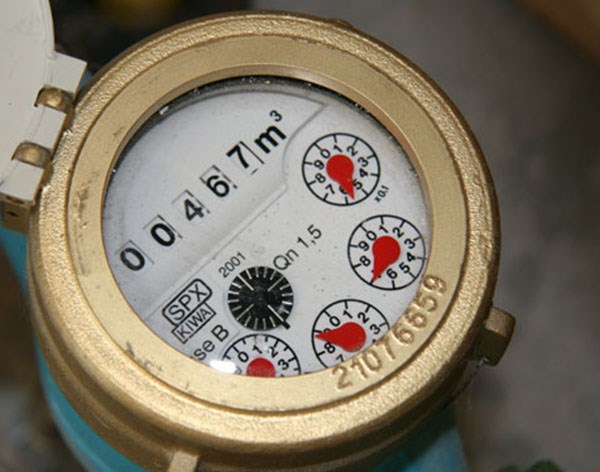Squamish is on the road to a sustainable water utility, according to the mayor.
Council adopted the district’s water master plan at its council meeting Tuesday night.
“It is really the responsible way for a community to strategically ensure that we’ve got good water and reliable water in perpetuity,” Mayor Patricia Heintzman told The Squamish Chief.
Like most communities, much of Squamish’s water distribution network is aging and outdated. About 70 per cent of the piping is made of asbestos and cement and has less than 10 years left in its lifespan, according to David Roulston, the municipal engineer who prepared the report to council.
The aging infrastructure means that the water network has significant water leakage, according to the report.
The district will be replacing all the aging water mains at a cost of about $23 million by 2031.
“We are putting roughly $1 million a year into replacing the water network,” Roulston said.
District utility rates increased 60 per cent between 2011-2016 to help pay for the plan.
For the future, increases of about four per cent per year from 2016 to 2020 are projected, Roulston said.
“Now it is basically keeping up with inflation,” he said, adding that the increases included only current water assets.
With a population expected to increase by up to 60 per cent in the next 16 years, the plan also covers expansion of the water network to meet capacity.
The district will be expanding its water-metering program in the coming years, Roulston said.
The aim of water metering is to make billing more equitable and encourage conservation.
“If people are paying for what they use, then they are going to be more mindful of that,” he said.
In 2016 and 2017, the district will install water meters on industrial zoned properties, all commercial properties and institutional properties, such as schools and hospitals, and on all district facilities and multi-family residential buildings such as strata complexes. There is no plan to meter individual homes, Roulston said.
“We looked at that and the recommendation was not to at this time.”
Squamish residents need to do a much better job at conserving water, Heintzman said. According to the report, the average water consumption rate is 564 litres per person per day, and some consume as much as 851 litres per person in a day.
Squamish is ninth out of 10 Lower Mainland municipalities in terms of its consumption rates.
“We consume far too much per person here in Squamish,” she said. “Every single drop of water that we pump out of the ground, every single drop of water that we treat, every single drop of water that is wasted because we’re using treated water to wash our cars and our bikes or we are using potable water to flush our toilets… it all just goes into an over consumption.”
“We have a lot of improvements to make philosophically or culturally in our community as well as infrastructure.”
The water master plan covers the big-ticket items such as replacing the pipes and metering, she said, but education on the value of water is also key to a sustainable water utility.
The goal is to reduce the district’s water demand by 15 per cent per person by 2031.



